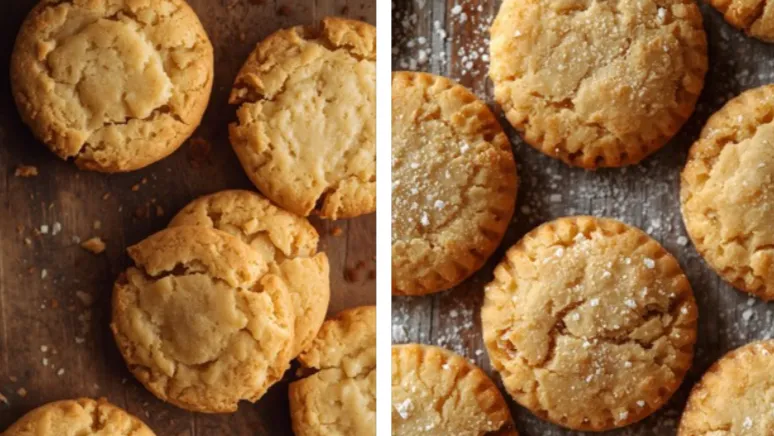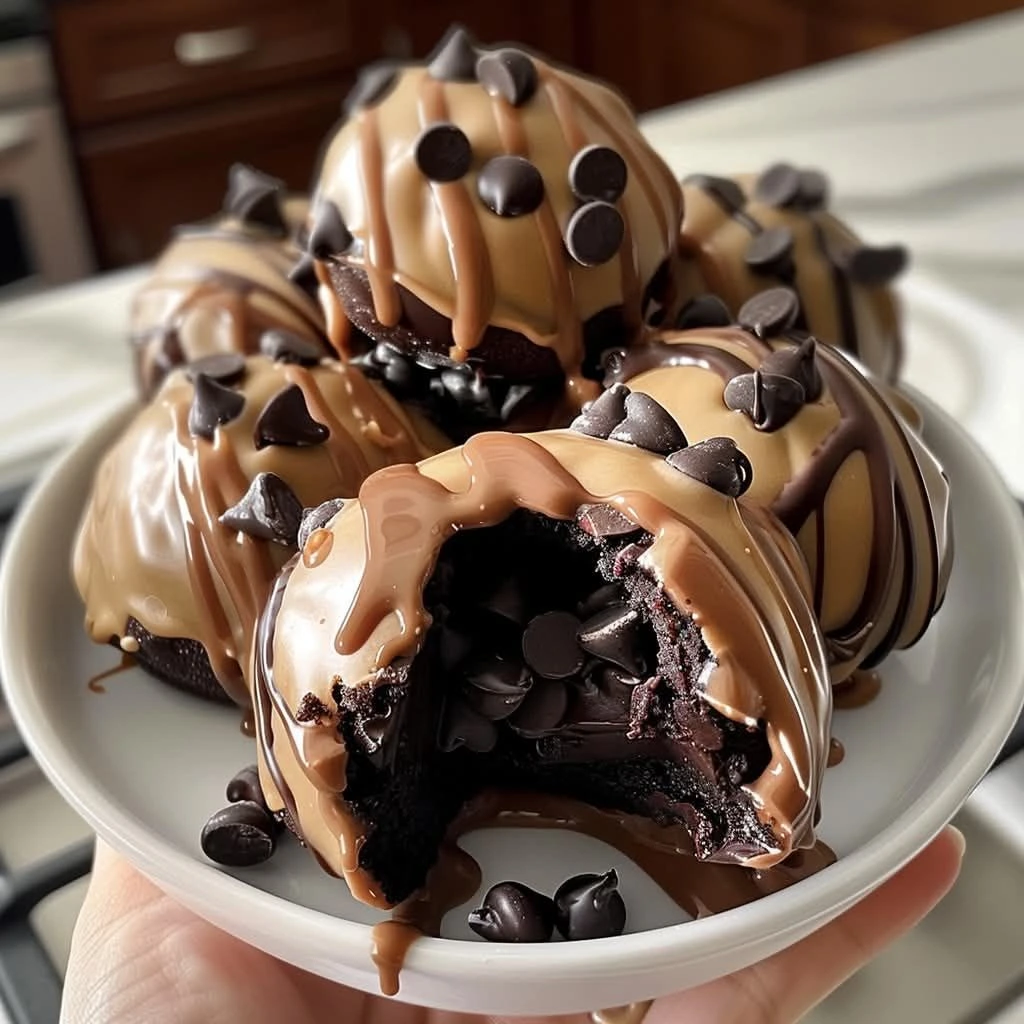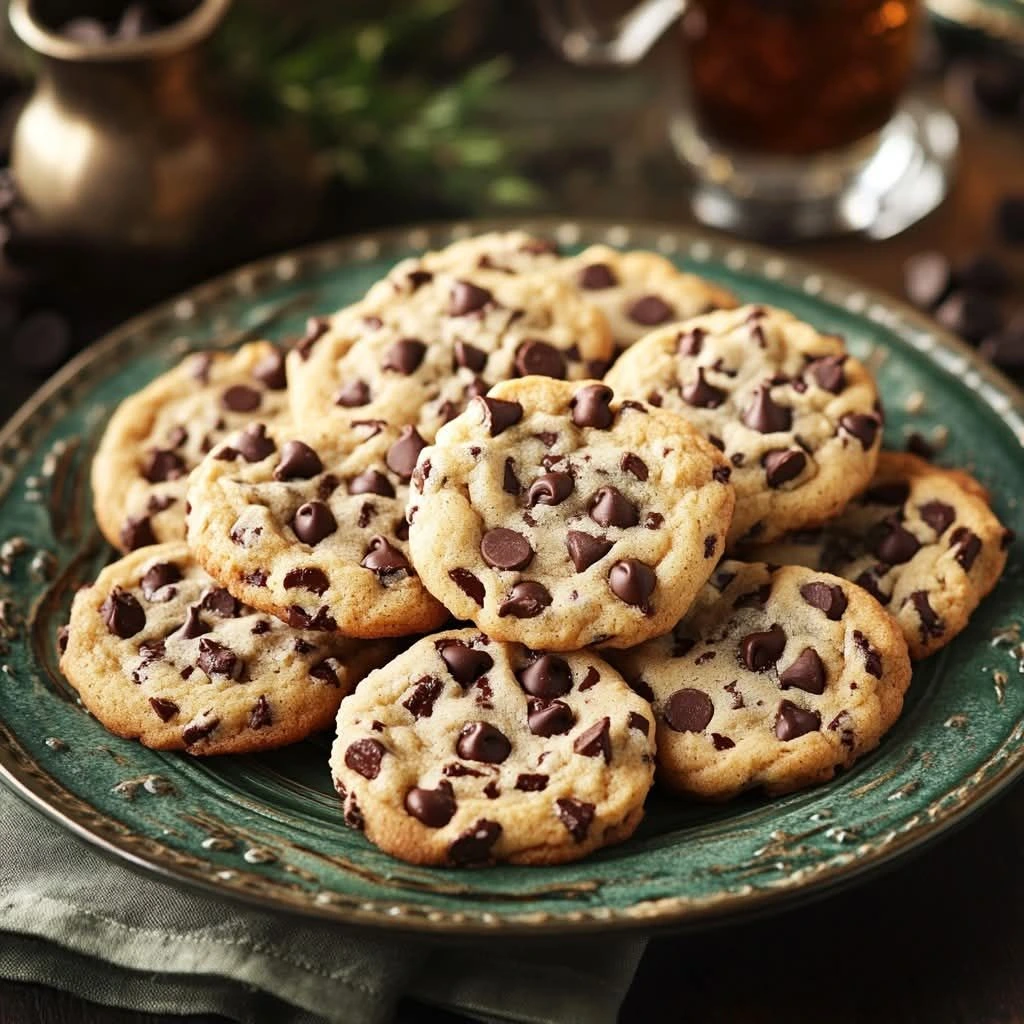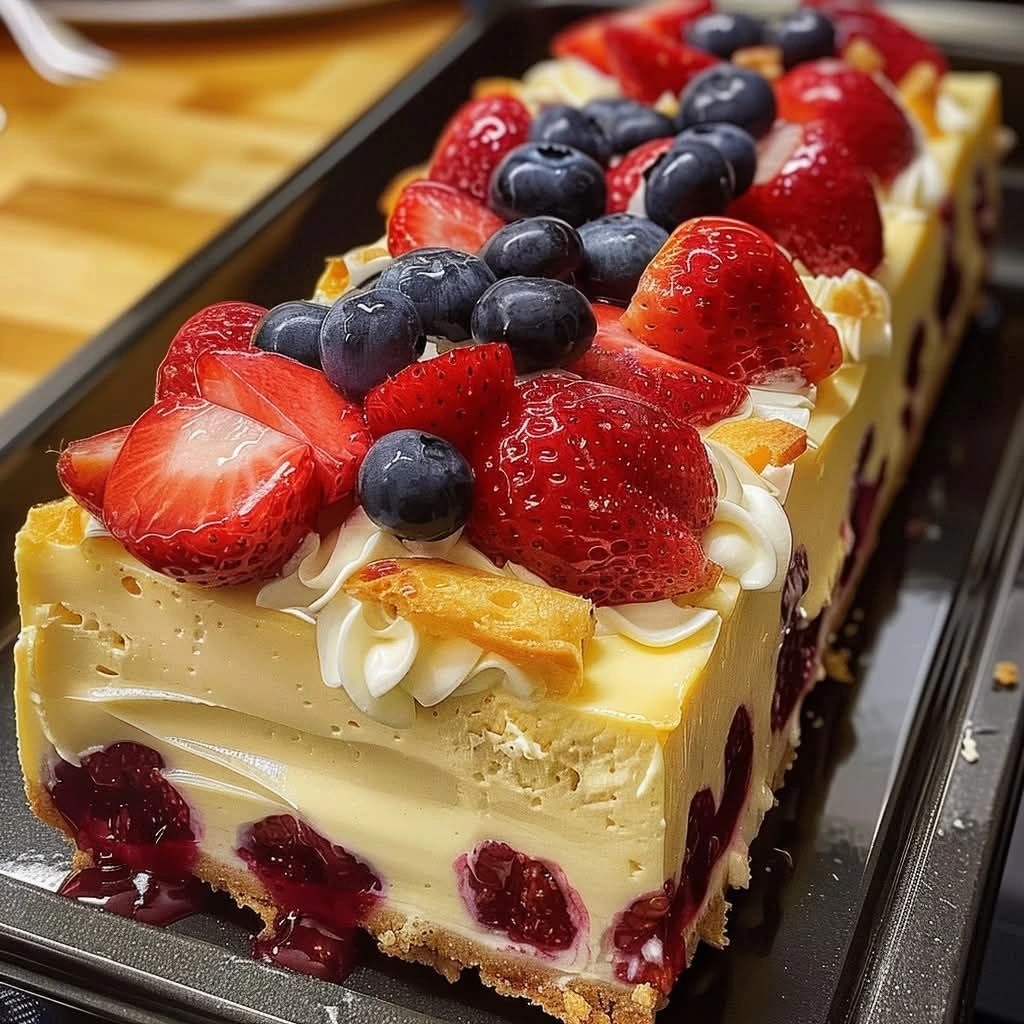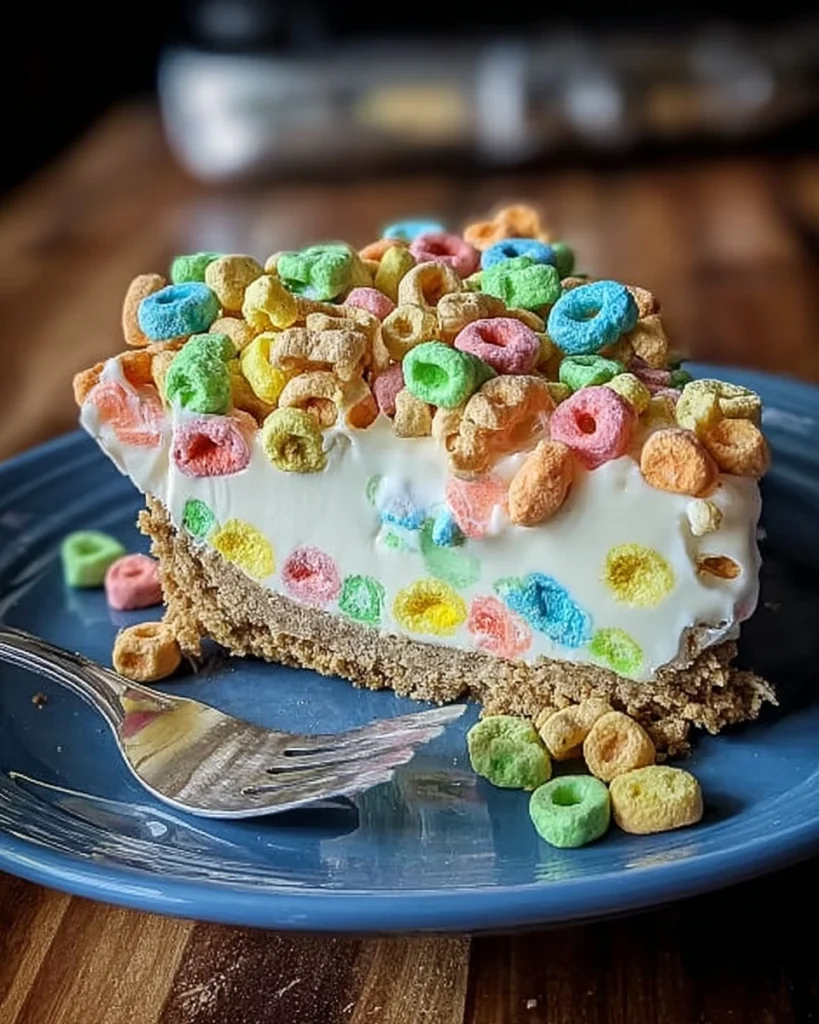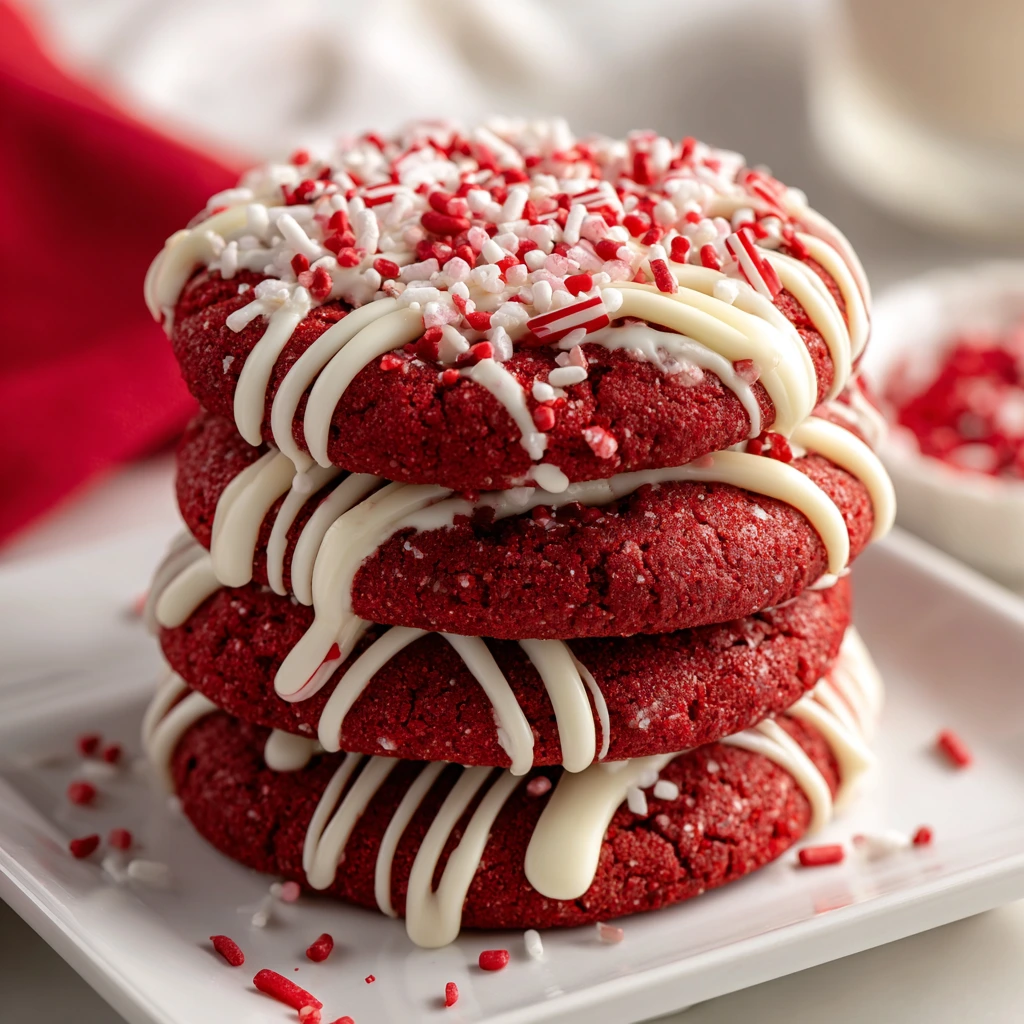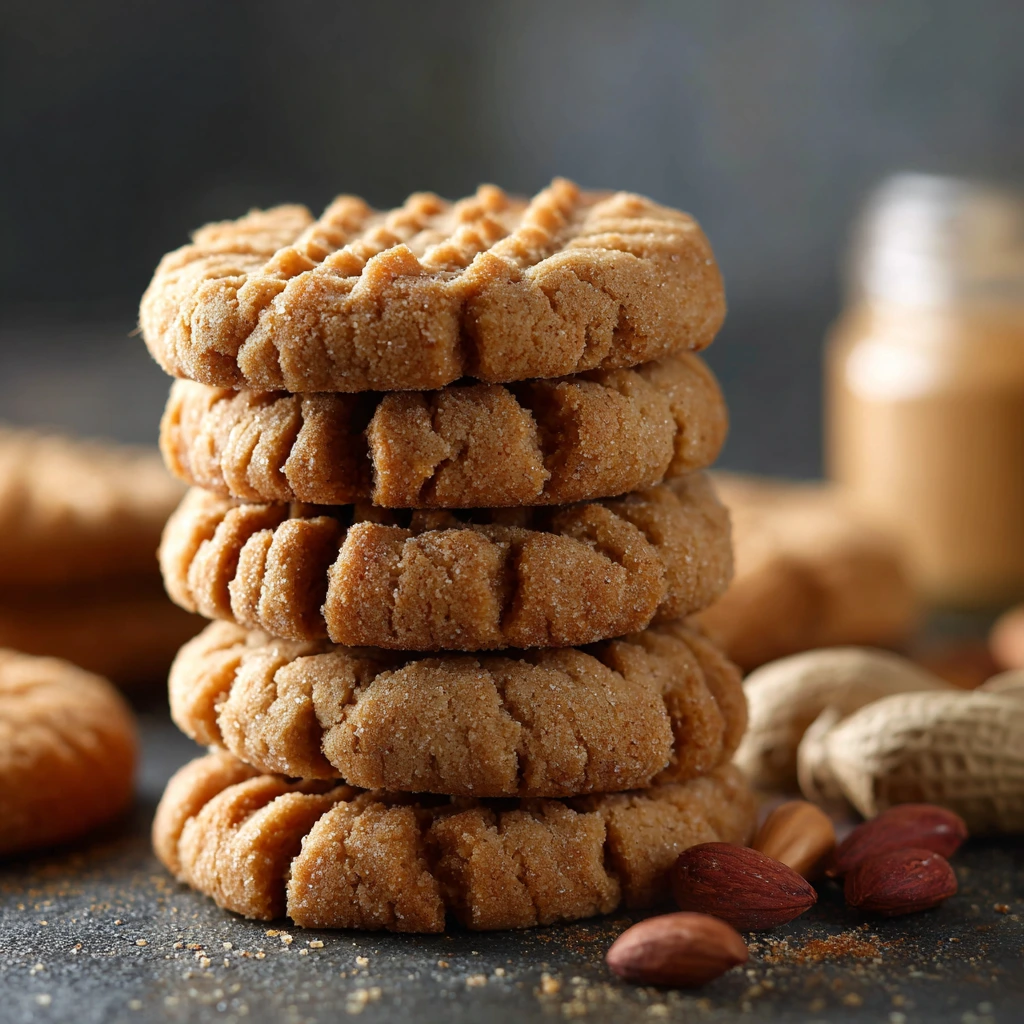Few cookies are as timeless and elegant as shortbread cookies. With their golden hue, crumbly texture, and deep buttery flavor, they’re a staple for holidays, tea parties, and cozy afternoons alike.
Originating from Scotland, shortbread cookies have traveled the world, becoming beloved for their simplicity and sophistication. Whether you shape them into traditional rounds, festive stars, or delicate fingers, they always taste luxurious.
In this guide, you’ll discover:
-
The fascinating history of shortbread cookies
-
The science behind their texture
-
A classic shortbread cookie recipe
-
Flavor variations you can experiment with
-
Tips for perfect baking and storage
-
Creative ideas to gift or decorate shortbread cookies
Let’s dive into the delicious world of shortbread and learn how to make cookies that melt on your tongue.
A Bit of History: The Royal Origins of Shortbread
Shortbread traces its roots back to Scotland in the 12th century, where it began as a luxury reserved for celebrations. Early versions were made with leftover bread dough that was slowly dried and sweetened — hence the name “shortbread.”
By the 16th century, Mary, Queen of Scots popularized the buttery biscuit we know today. It became a traditional treat for weddings, Christmas, and Hogmanay (Scottish New Year). Over time, shortbread became a symbol of Scottish hospitality and celebration — offered to guests as a gesture of warmth and welcome.
The Science of Shortbread: Why It’s So Buttery and Tender
What makes shortbread short (that is, crumbly and tender) lies in the ratio of ingredients.
The classic formula:
1 part sugar : 2 parts butter : 3 parts flour
Unlike most cookies, shortbread has no eggs or leavening agents like baking powder or soda. The structure relies entirely on butter and flour. Butter coats the flour particles, reducing gluten formation — that’s what makes the cookies tender and “short.”
The high butter content also gives shortbread its rich, melt-in-the-mouth texture. The slow, low baking temperature ensures they remain pale and crumbly without browning too quickly.
Classic Shortbread Cookie Recipe
Ingredients (Makes about 24 cookies)
-
1 cup (226g) unsalted butter, softened
-
½ cup (100g) granulated sugar (or powdered sugar for extra tenderness)
-
2 cups (240g) all-purpose flour, sifted
-
¼ teaspoon salt
-
1 teaspoon vanilla extract (optional but adds warmth)
Instructions
-
Cream the butter and sugar.
In a large bowl, beat softened butter and sugar until light and creamy. This step incorporates air and helps create that delicate texture. -
Add flavoring.
Mix in vanilla extract (or almond extract for a twist). -
Add flour and salt.
Gradually mix in the flour and salt until just combined. Do not overmix — that would make your cookies tough. -
Chill the dough.
Form the dough into a disk, wrap in plastic, and refrigerate for 30 minutes. Chilling helps the dough firm up and prevents spreading. -
Shape the cookies.
Roll the dough to about ½ inch thickness. Cut into rounds, fingers, or festive shapes using cookie cutters. Prick lightly with a fork for that traditional look. -
Bake.
Bake at 160°C / 325°F for 18–22 minutes, or until the edges are just turning golden. Do not overbake. -
Cool and serve.
Let cookies cool on the pan for 5 minutes before transferring to a wire rack. Store in an airtight container.
Flavor Variations You’ll Love
Shortbread cookies are the perfect canvas for creativity. Here are some delicious twists to elevate the classic recipe:
1. Chocolate-Dipped Shortbread
Dip half of each cookie into melted dark, milk, or white chocolate. Sprinkle with crushed nuts, coconut flakes, or sea salt.
2. Lemon or Orange Zest Shortbread
Add 1 tablespoon of finely grated citrus zest to the dough for a bright, aromatic flavor.
3. Lavender or Earl Grey Shortbread
Infuse your butter with dried lavender buds or crushed Earl Grey tea leaves for a fragrant, tea-time twist.
4. Nutty Shortbread
Fold in finely ground almonds, pecans, or hazelnuts for a toasty flavor and added crunch.
5. Espresso Shortbread
Add 1 teaspoon of instant espresso powder to the dough for a coffee-lover’s delight.
6. Holiday Spice Shortbread
Incorporate cinnamon, nutmeg, or cardamom for a festive touch perfect for Christmas.
Shortbread for Every Occasion
Shortbread cookies are wonderfully versatile and fit every celebration:
-
Christmas: Shape into stars, trees, or snowflakes and drizzle with icing.
-
Weddings: Gift as elegant favors in tins or boxes.
-
Tea Parties: Pair with Earl Grey or chamomile tea.
-
Valentine’s Day: Cut into hearts and dip in chocolate.
-
Eid or Diwali: Flavor with rosewater or cardamom for a cultural twist.
Their long shelf life and delicate appearance make them perfect for holiday gifting or cookie exchanges.
Tips for Perfect Shortbread Cookies
Use high-quality butter.
Since butter is the star, choose a premium one with high fat content (European-style butters are ideal).
Don’t overmix.
Overmixing activates gluten, making cookies chewy instead of tender.
Chill the dough.
Cold dough holds its shape and bakes evenly.
Low and slow baking.
Shortbread needs a gentle bake at a lower temperature to prevent browning and preserve its pale, classic look.
Add cornstarch for extra meltiness.
Replacing 2 tablespoons of flour with cornstarch makes them even softer.
Store correctly.
Keep them in an airtight tin at room temperature for up to 2 weeks—or freeze for up to 2 months.
Gifting Ideas: Beautiful Ways to Present Shortbread Cookies
Presentation matters when it comes to shortbread. Try these ideas for a delightful touch:
-
Stack and tie cookies with ribbon or twine.
-
Package in clear jars with personalized labels.
-
Arrange in decorative tins lined with parchment paper.
-
Add a handwritten tag with baking notes or flavor names.
For holidays, consider adding a small sachet of tea or a cinnamon stick for a cozy, aromatic gift set.
Styling Shortbread for Pinterest and Instagram
Want your cookies to stand out online? Here’s how to style them for the perfect Pinterest photo:
-
Use neutral backgrounds (wood, linen, marble).
-
Highlight the golden edges and buttery sheen.
-
Sprinkle powdered sugar for a snow-dusted look.
-
Stack cookies unevenly for a natural, cozy vibe.
-
Add props like a teacup, ribbon, or baking tray.
Include keywords like “buttery shortbread cookies,” “holiday shortbread,” “easy Christmas cookies,” in your pin titles and alt text for SEO visibility.
Fun Facts About Shortbread Cookies
-
The traditional Petticoat Tail shortbread is shaped like a large round, cut into triangles — said to resemble the fabric pieces used to make petticoats.
-
In Scotland, breaking a shortbread at a wedding was thought to bring good luck.
-
The name “short” in baking refers to the crumbly texture due to the high fat content, not the baking time.
-
Shortbread has only three core ingredients — proving that simplicity often makes perfection.
Frequently Asked Questions (FAQ)
1. Can I make shortbread ahead of time?
Yes! Shortbread improves with age. You can make the dough up to 3 days in advance and bake when needed.
2. Can I freeze shortbread cookies?
Absolutely. Freeze unbaked dough or baked cookies in airtight containers for up to 2 months.
3. Why are my cookies tough?
You may have overmixed the dough or used warm butter. Always mix gently and chill before baking.
4. Can I make them gluten-free?
Yes, simply substitute all-purpose flour with a 1:1 gluten-free flour blend.
5. What sugar is best?
Powdered sugar gives a finer, meltier texture, while granulated sugar adds a slight crunch.
Final Thoughts: The Beauty of Simplicity
Shortbread cookies embody the art of simplicity. With just three humble ingredients — butter, sugar, and flour — you can create something indulgent, elegant, and comforting. Whether enjoyed with tea, shared as gifts, or baked for the holidays, they never fail to impress.

